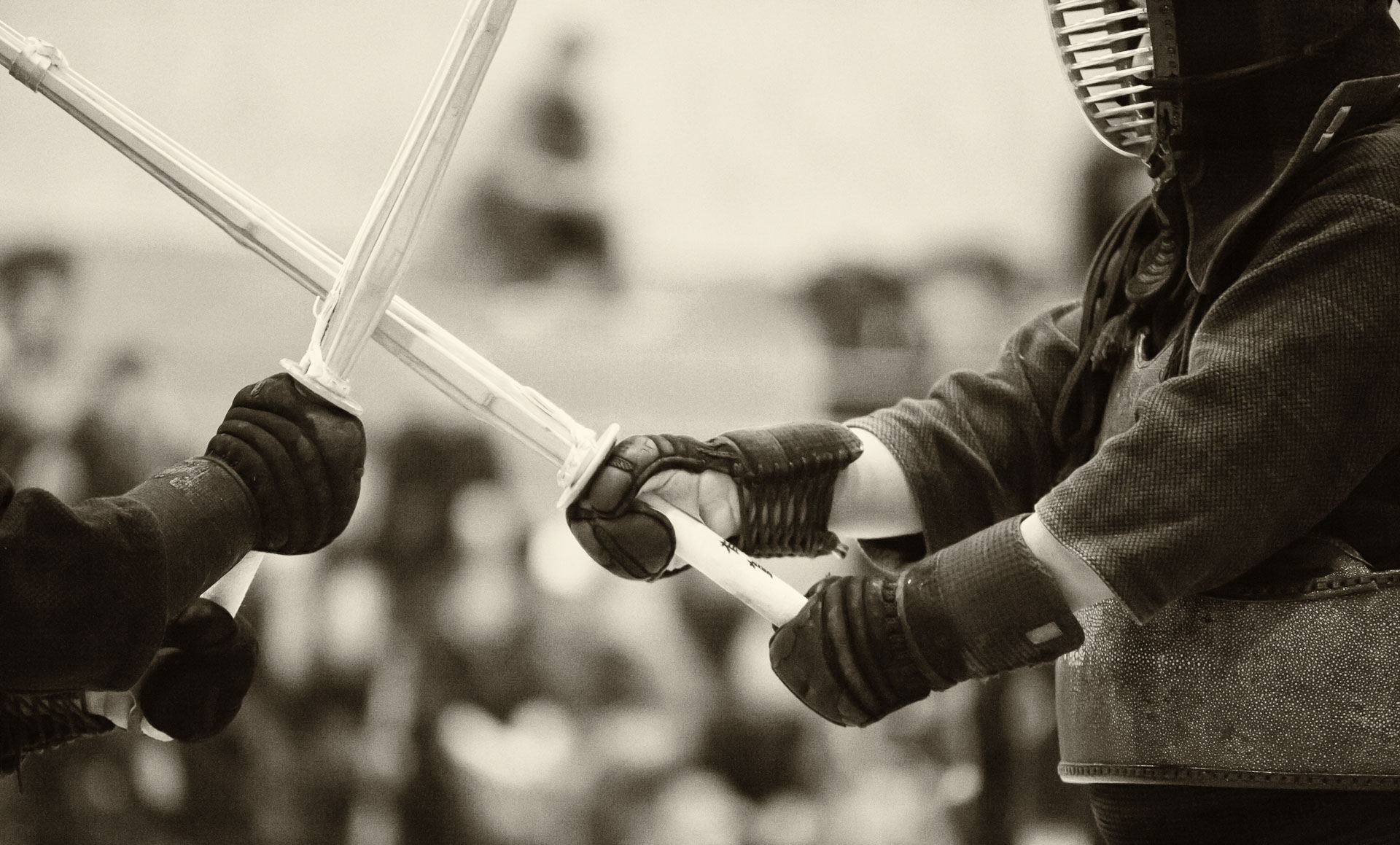Any serious athlete would tell that motivation is easy to attain but difficult to sustain. This is true in creative activities too. For example, writers are famous for elaborate rituals they design to avoid procrastination and to ensure regular productivity. And quantity is indeed important if we hope to generate quality at some point. Adam Grant gives an example in his “Originals
“, showing that most popular composers were also the most productive, with very rare exceptions.
Sustaining motivation in the audience is a slightly different matter. In order to keep the readers/viewers evaded, they should be exposed to a more-or-less continuous flow of material that is, at the same time, familiar and novel.
My four-year-old daughter and I are working through these issues in the picture book that we are making up (she creates the storyline through her make-believe games that she plays with her mom and I sketch it up). Sometimes, our motivation wavers, but we know that if we keep going, interesting things are bound to happen, just as in the book itself. Here is the latest episode about the newborn dinosaur discovering the world and her place in it.
“Baby Ella wanted to play with her new friends, but first, she had to learn how to walk. That was not easy, especially because she didn’t want to leave her cozy eggshell. The Girl gently nudged her to place one foot on the ground…”































